A lead shot of a 1mm diameter falls through a long column of glycerine.The variation of its velocity v with distance coverd is represented by,
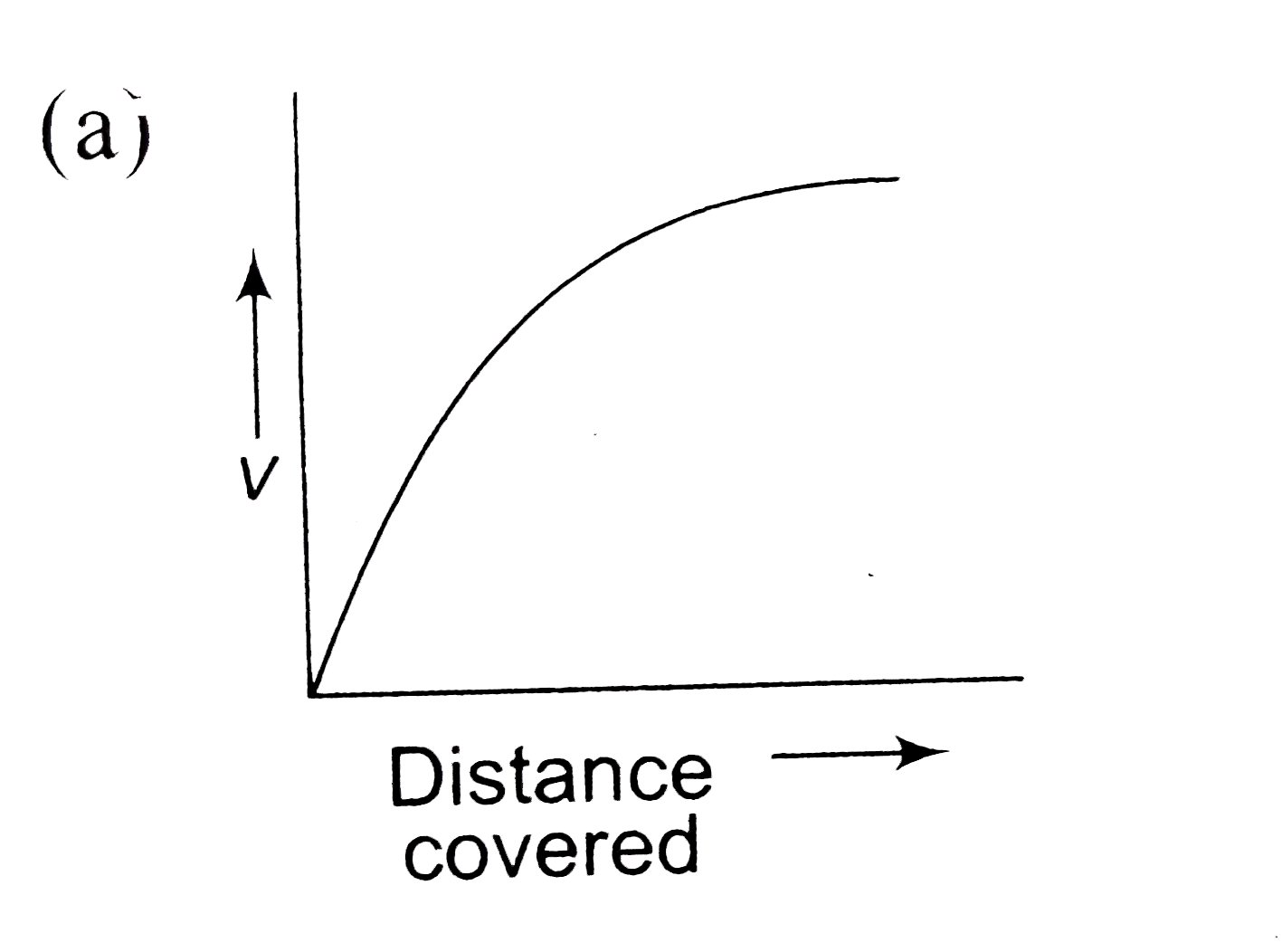
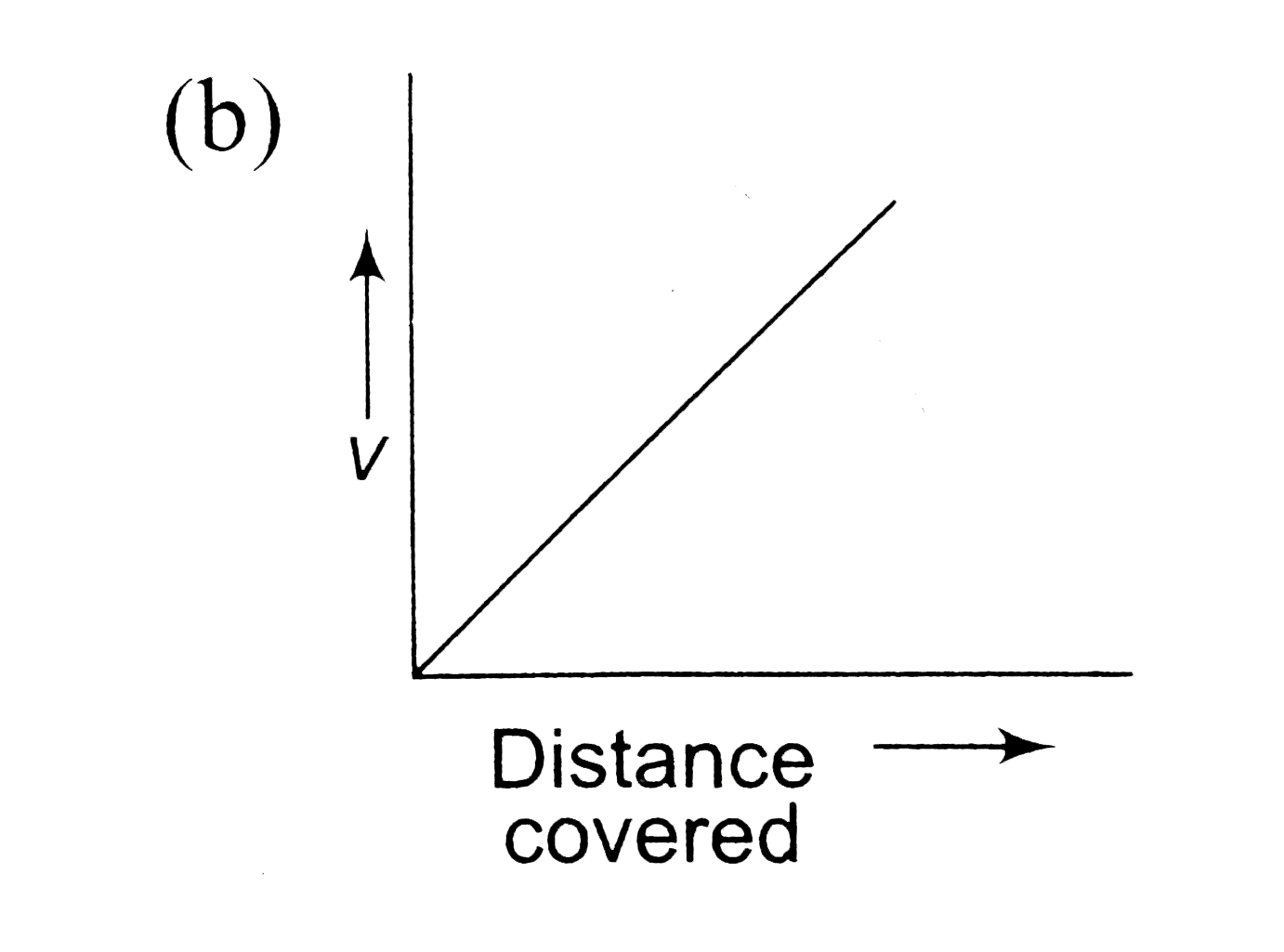

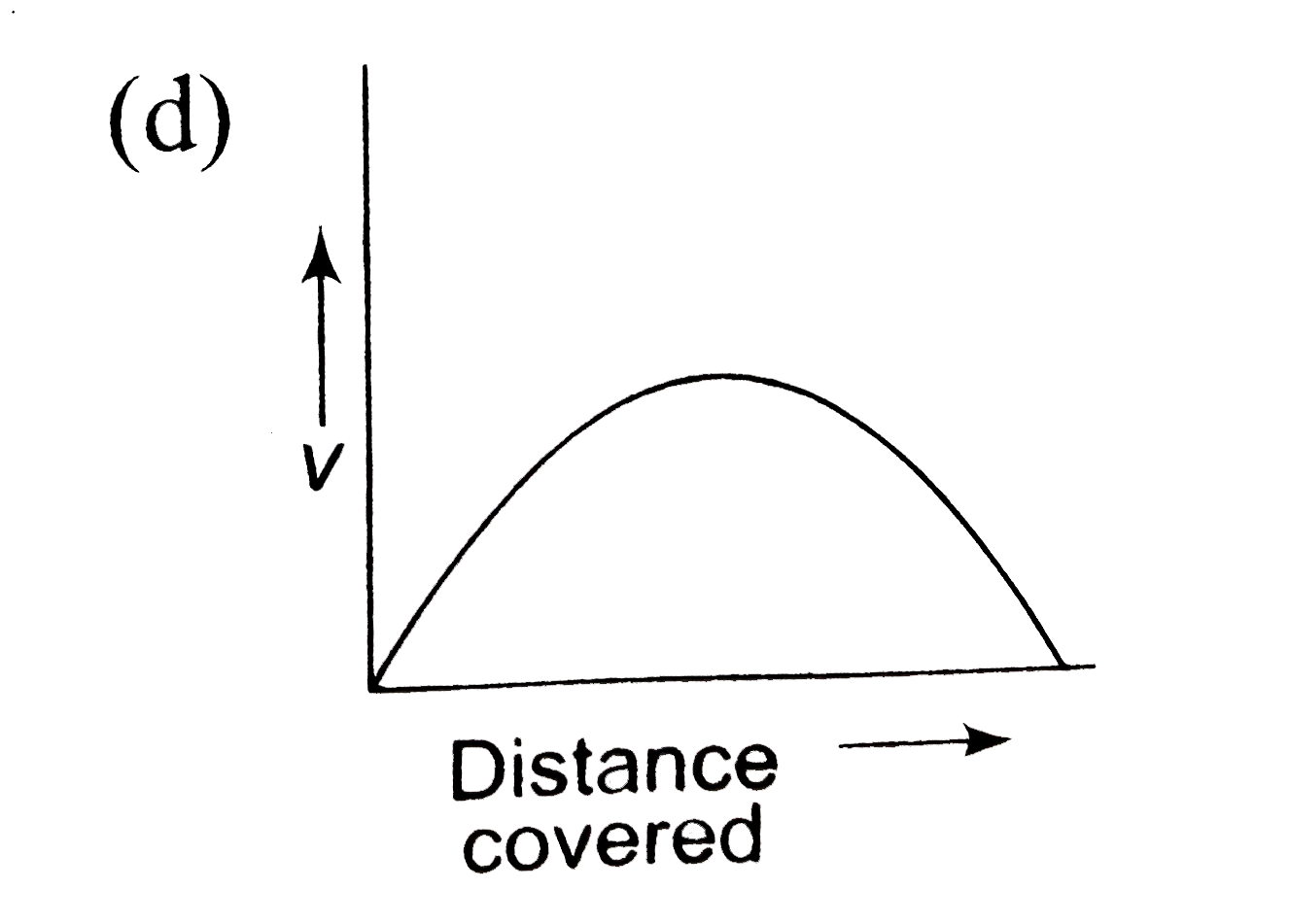
The correct Answer is:A
After travelling certain distance ther net force on lead shot is zero. The velocity of falling lead shot goes on increasing due to the effective force acting downward on the ball. The layer of glycerine in contact with lead shot, stage is finally reachedwhenthe opposing viscous force becomes equal to the effective force driving the ball. The net force on the shot is now zero and lead shot attain a constant velocity called the terminal velocity
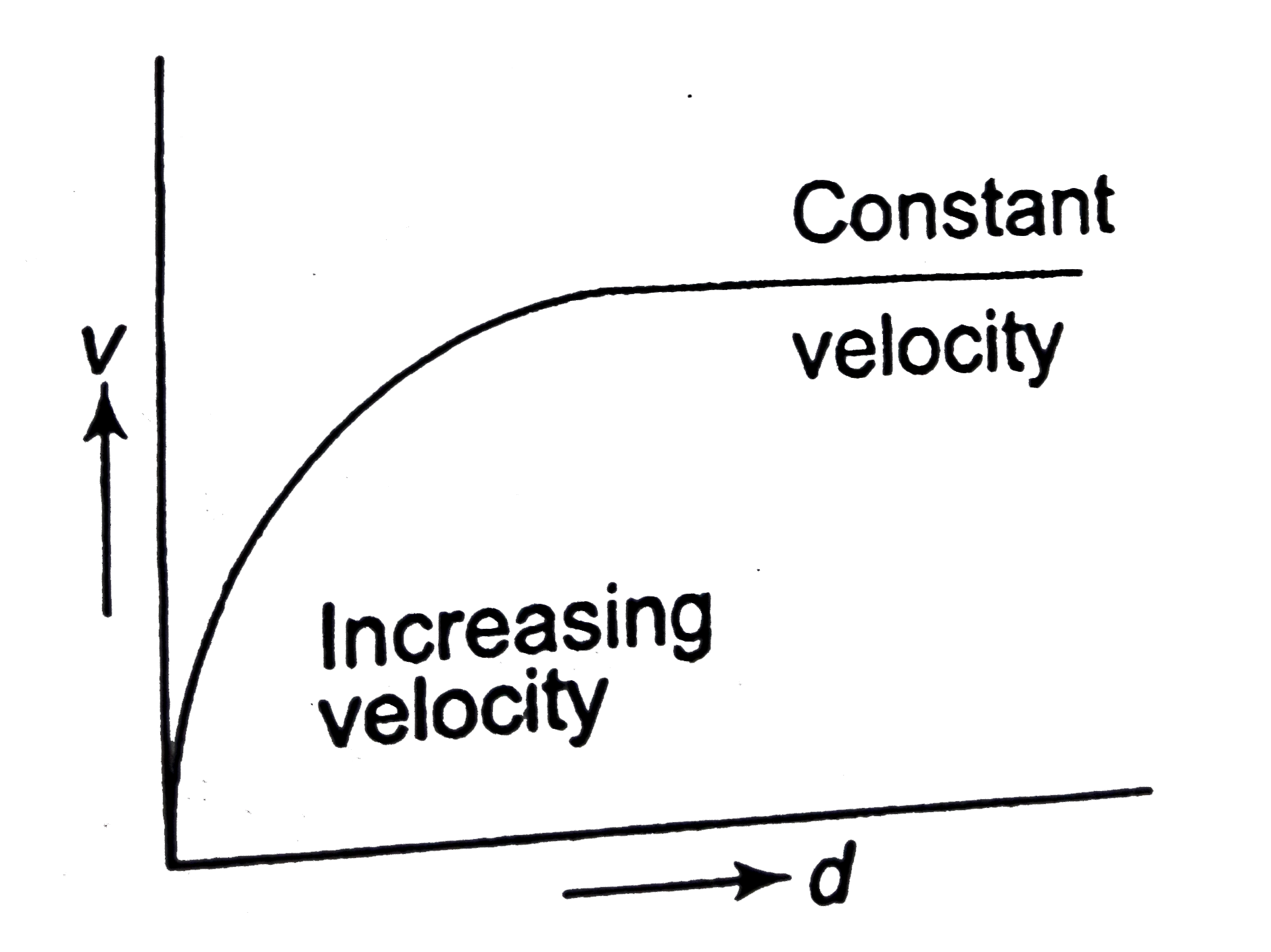
Topper's Solved these Questions
- BOOK - A2ZCHAPTER - MOCK TESTEXERCISE - General Kinematics30videos
MOCK TEST
- BOOK - A2ZCHAPTER - MOCK TESTEXERCISE - Motion With Constant Acceleration15videos
MOCK TEST
- BOOK - A2ZCHAPTER - KINETIC THEORY OF GASES AND THERMODYNAMICSEXERCISE - Chapter Test29videos
KINETIC THEORY OF GASES AND THERMODYNAMICS
- BOOK - A2ZCHAPTER - MOTION IN TWO DIMENSIONEXERCISE - Chapter Test29videos
MOTION IN TWO DIMENSION
Similar Questions
A spherical ball of iron of radius 2 mm is falling through a column of glycerine. If densities of glycerine and iron are respectively 1.3×103kg/m3 and8×103kg/m3. η for glycerine = 0.83Nm–2 sec, then the terminal velocity
View SolutionA ball bearing of radius of 3mm made of iron of density 7.85gcm−3 is allowed to fall through a long column of glycerine of density 1.25gcm−3. It is found to attain a terminal velocity of 2.20cms−1. Determine the viscosity of glycerine in centipoise. ( Take g=10m/s2)
View Solution
Knowledge Check
- Question 1 - Select One
A lead shot of 1 mm diameter falls through a long colummn of glycerine. The variation of the velocity v with distance covered (s) is represented by
A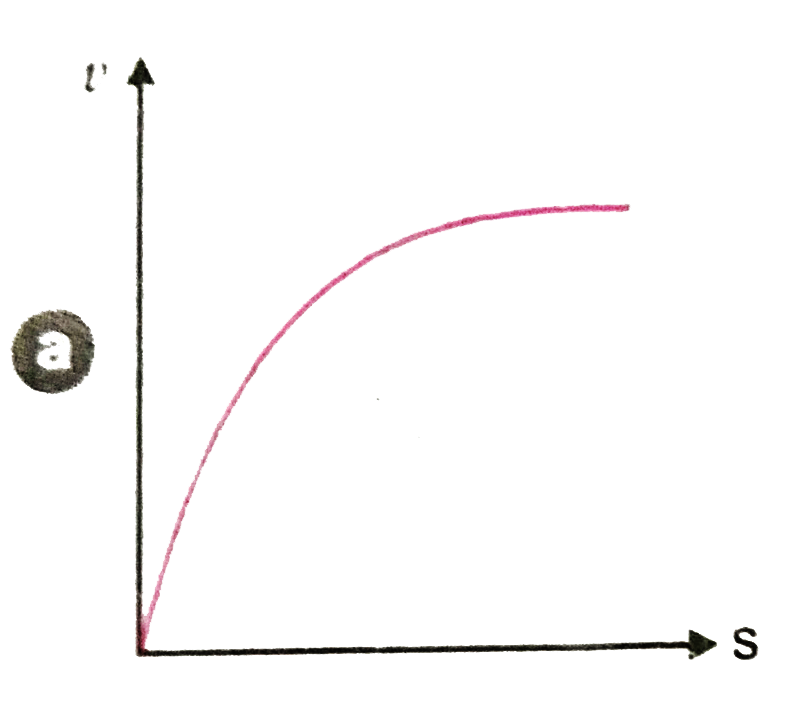 B
B C
C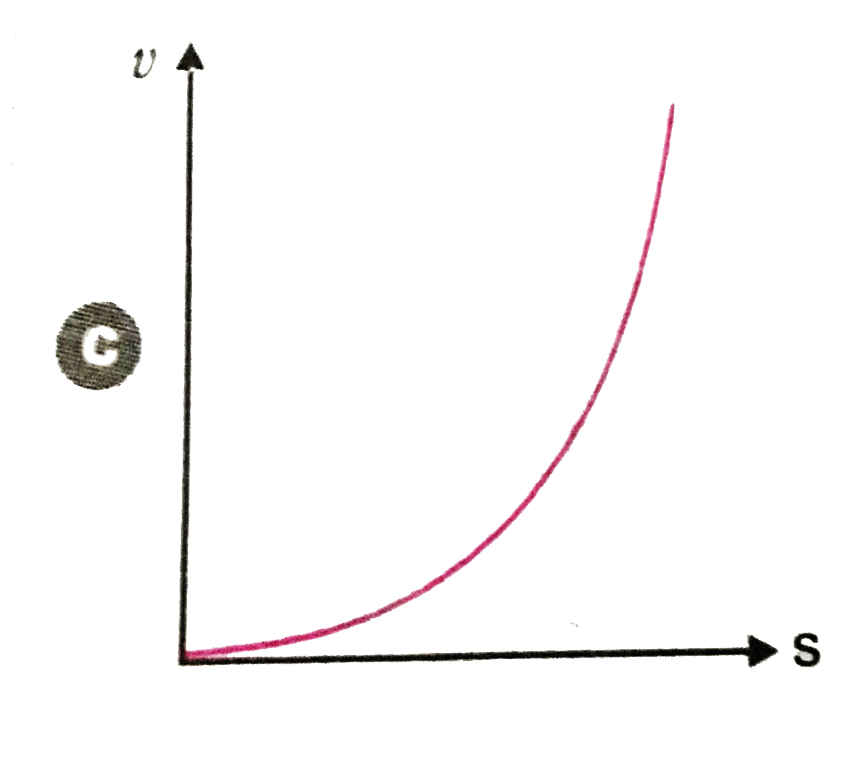 D
D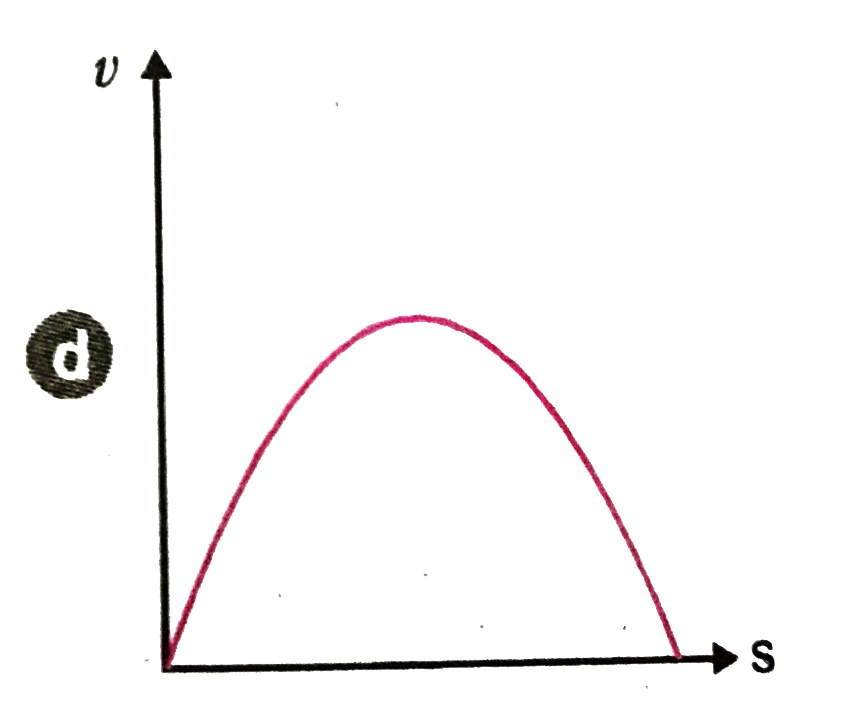
- Question 2 - Select One
A narrow tunnel is dug across a planet diametrically and a small body is dropped from a large height, so that it falls into the tunnel. The variation of its kinetic energy (KE) with distance (r) from the centre is represented by
A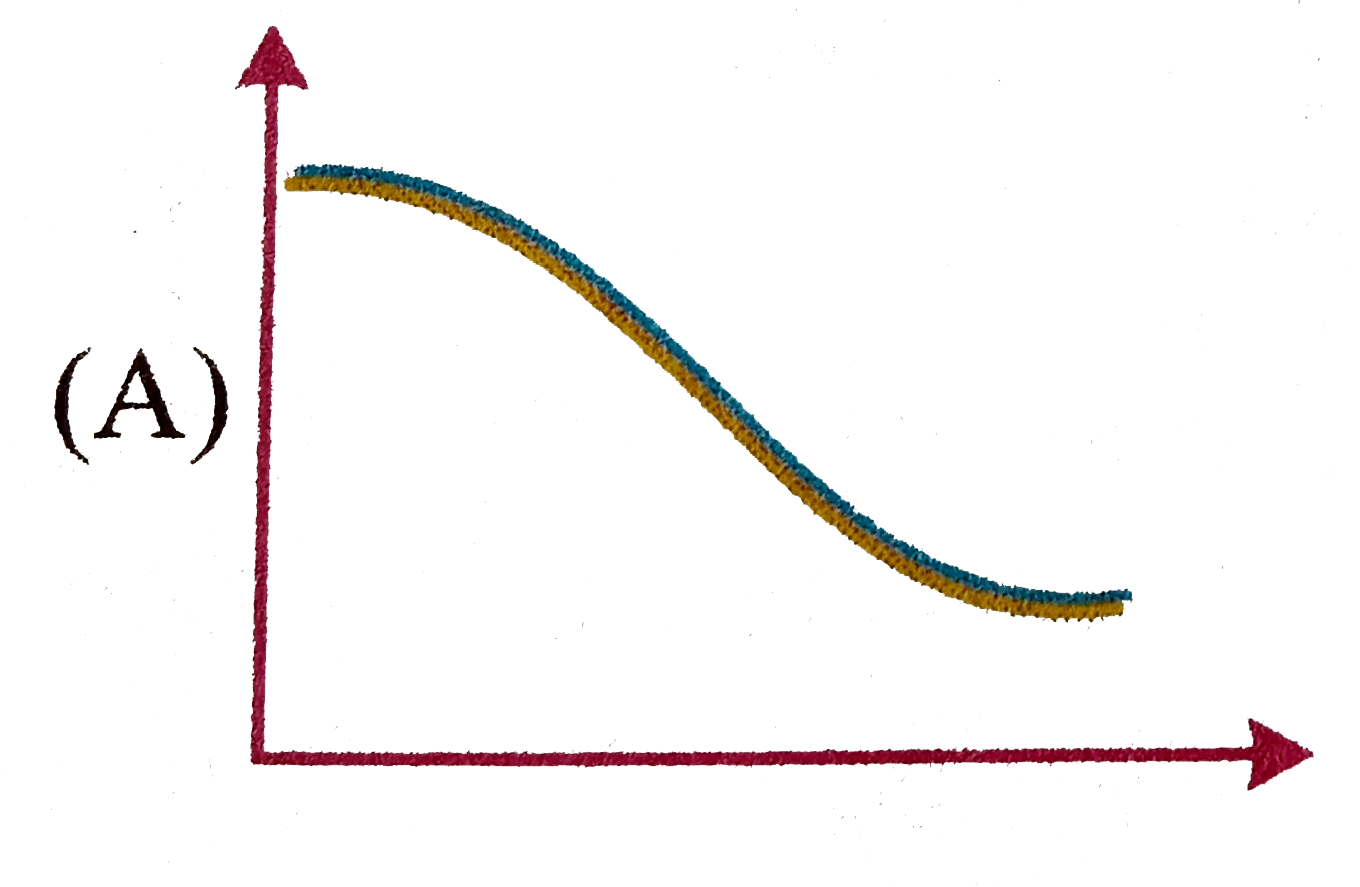 B
B C
C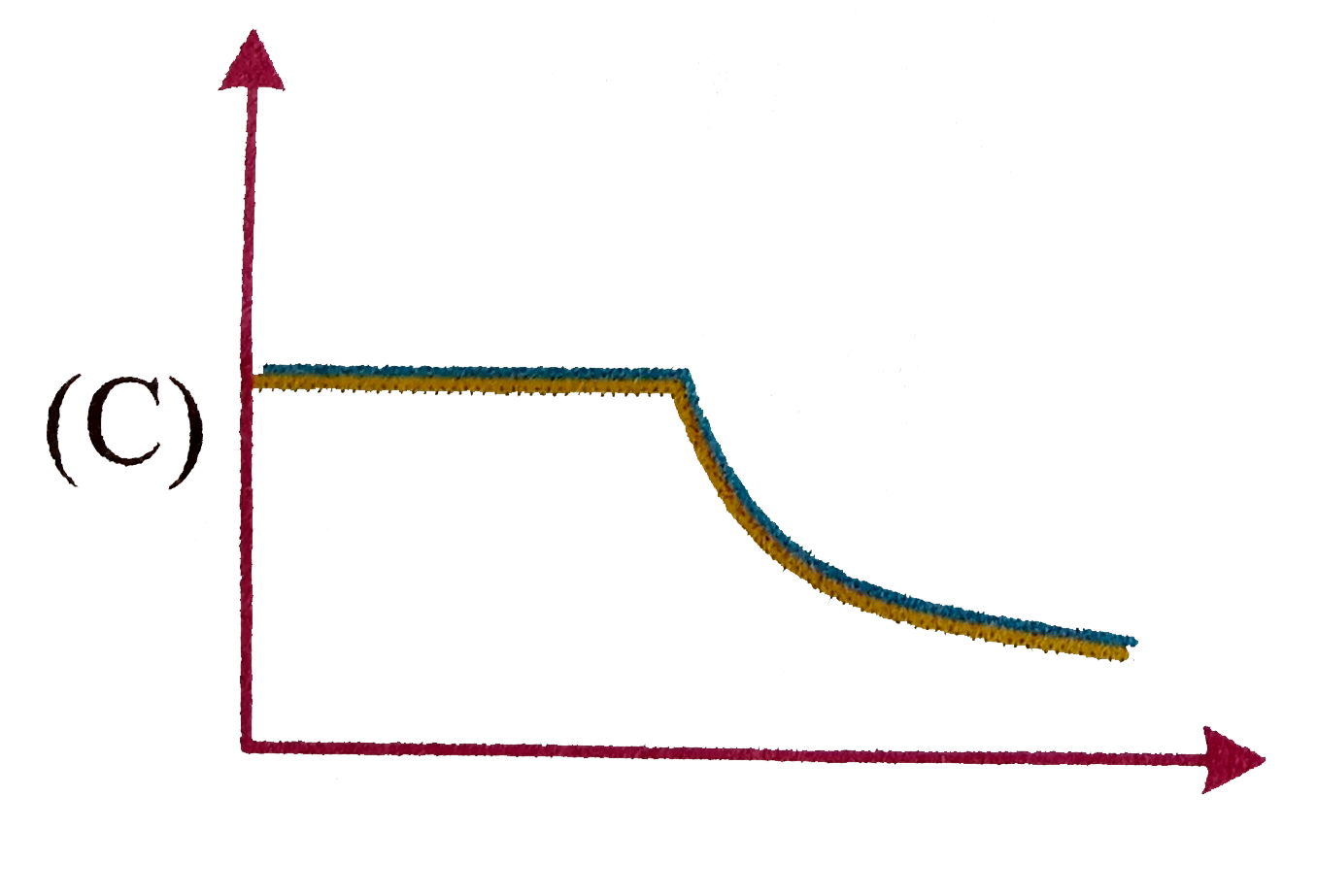 D
D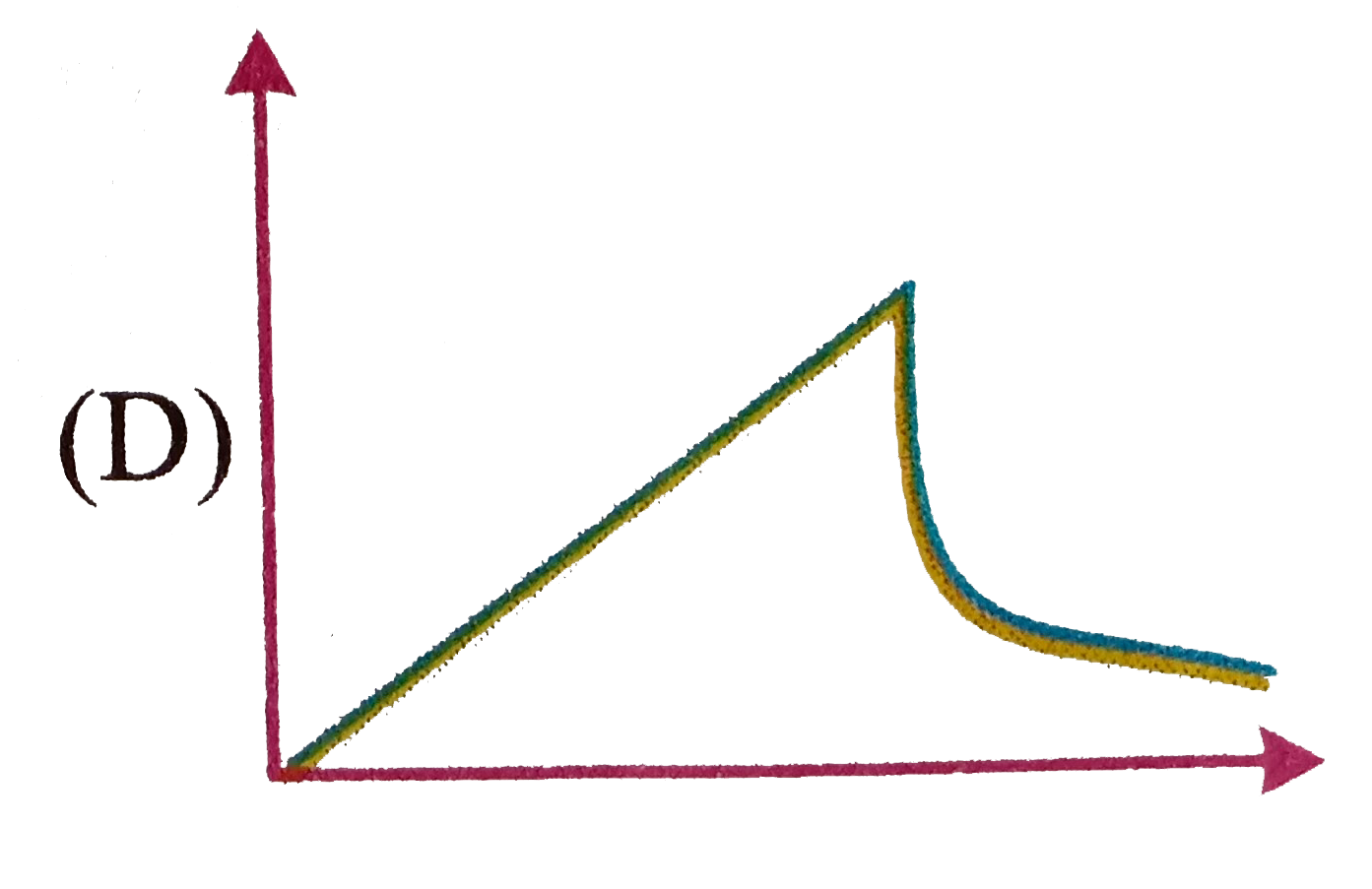
- Question 3 - Select One
For a body moving with uniform acceleration along straight line, the variation of its velocity (v) with position (x) is best represented by
A B
B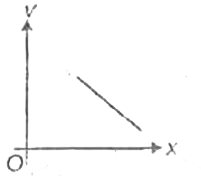 C
C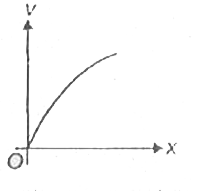 D
D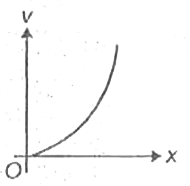
Two ends of a rod of non uniform area of cross section are maintained at temperature T1and T2 (T1>T2) as shown in the figure
If l is heat current through the cross-section of conductor at distance x from its left face, then the variation of l with x is best represented by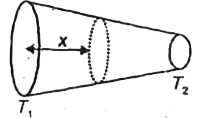 View Solution
View Solutionfind the terminal velocity of a steel ball 2mm in diameter falling through glycerine. Relative density of steel =8, relative density of glycerine =1.3 and viscosity of glycerine=8.3 poise.
View SolutionA steel ball-bearing of diameter 3 mm falls through glycerine and covers a distance of 25 cm in 10 sec. The specific gravity of steel and glycerine are 7.8 and 1.26 respectively. What is the viscosity of glycerine. Density of water = 1000 kg m−3.
View SolutionConsider the motion of a small spherical steel body of mass m, falling freely through a long column of a fluid that opposes its motion with a force proportional to its speed. Initially, the body moves down fast, but after some time attains a constant velocity known as terminal velocity. If weight mg, opposing force (F,) and buoyant force (Fb) act on the body, then the correct equation relating these forces, after the terminal velocity is reached, is :
View SolutionTwo identical source moving parallel to each other at seperation 'd' are producing sounds of frequency 'f' and are moving with constant velocity v0. A stationary .observer 'O' is on the line of motion of one of the sources. Then the variation of beat frequency heard by O with time is best represented by: (as they come from large distance and go to a large distance)
 View Solution
View Solution
